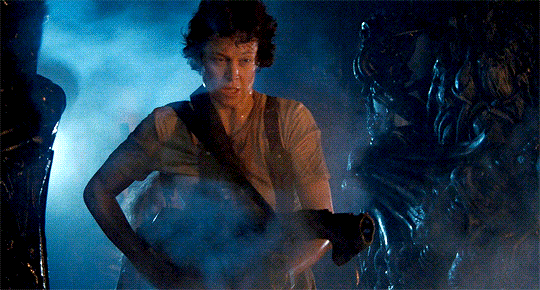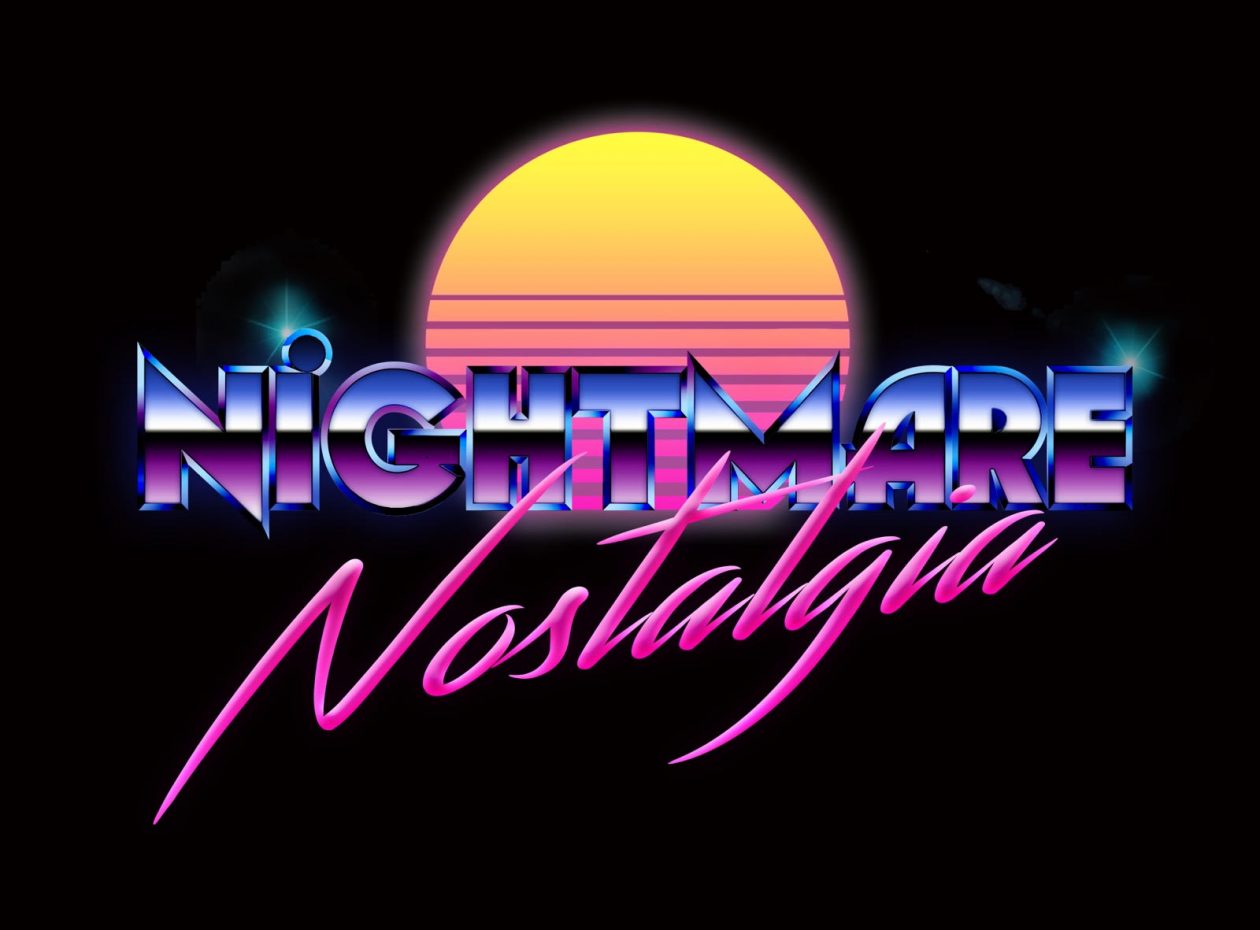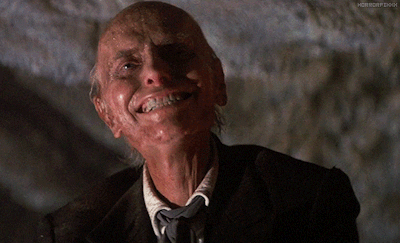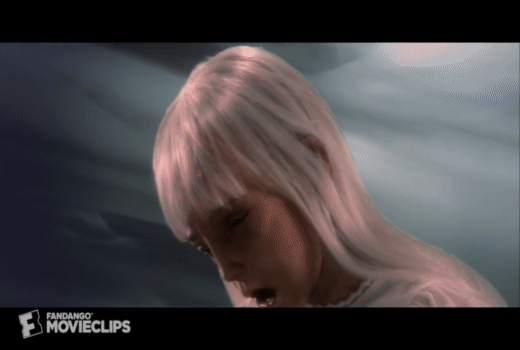
Welp, it’s Oscars season folks and you and I both know, for the most part, deserving horror films worthy of such an honor get the almighty snub. Albeit, the snooty Academy has thrown us horror fans a bone via recent years with at least acknowledging that the genre is more than blood and guts, there’s still no excuse to snub a perfectly deserving film to appease what Hollywood deems as true art. Given their stance on the subject, it’s even rarer when a horror movie sequel gets that kind of recognition. But, as a matter of fact, that did indeed happen 35 years ago at the 1987 Academy Awards when the horror genre, two of them a sequel and one a remake, were all competing for the Best Visual Effects Oscar!
The Nominees
Poltergeist II: The Other Side
Although the visually terrifying film didn’t take home the win, it’s a bit of a breath of fresh air to know it was even considered, as this sequel to the Hooper/ Spielberg classic is gorgeously shot and beautifully terrorizes you in all the right places- mostly thanks to Julian Beck and his portrayal of the malevolent reverend, Henry Kane.
Alongside the Boss Film Corporation of effects team,(Richard Edlund
John Bruno, Garry Waller, and Bill Neil) the Swiss magician of horror imagery H.R. Giger was the key designer for ‘The Great Beast’ version of Kane, and it most certainly stands out as an unholy bundle of nightmares from the film alongside the slithery worm that protrudes from Steven’s projectile vomit from the movie. Although it’s been noted in interviews that Giger was for the most, displeased with the end result of the monster creations, it just goes to show that even Giger’s less than impressive standards according to him, are still some of the best horror visual and practical effects that we’ve seen in the wonderful decade of ’80s monster magic. And hey, the Academy board thought so as well, so that’s something I guess.

Little Shop of Horrors
Nominees Lyle Conway, Bran Ferren, Martin Gutteridge had some stiff competition up against not one, BUT TWO H.R. Giger-inspired designs in the effects department. However, the Audrey II mechanical puppet in itself is a monumental accomplishment more than worthy of being in said company and if anyone was gonna take that sort of threat on, it was going to be master muppet-men Jim Henson and Frank Oz.
The movie utilized multiple animatronic versions of Audrey II, ranging from a tiny bud to the enormous version for the climax. Though not an official Creature Shop production, many of the same designers and technicians worked with Oz on the film. As Jim Henson stated in a 1987 interview, he didn’t have a hand in the puppetry for Little Shop, but “I was very close to some of the people in that production.” These included Jim’s own children Heather Henson, in a bit part as a dental patient, and Brian Henson, who served as a principal puppeteer on Audrey II.
If anything Audrey II should have won an Oscar just for those one-liners.

AND THE WINNER IS…
ALIENS!

When someone like Stan Winston is involved in a H.R. Giger design, we may as well just hand that Oscar on a silver platter. Along with effects specialists John Richardson and Suzanne M. Benson, the trio took home the naked-man gold for their marvelous efforts on Ridley Scott’s Aliens.
Aliens featured extensive use of miniatures and puppeteering, redefining the whole aspect of special effects. Queen Mama Alien was incredibly complex, requiring anywhere between 12 to 14 different operators in order to get the puppet to function properly. It’s been stated by the crew in numerous reports that James Cameron’s ability to shoot the Queen without capturing all of the wire riggings that were present, is a testament to his directorial capabilities.
The alien facehugger samples, which the marines find suspended in glass tubes early in the film, were also brought to life through puppetry. Interesting to note, A Spydor vehicle, which was part of the He-Man toy line, was purchased and used as a model to serve as a visual example of how the facehuggers should walk.
So, can we get an Oscar nod for the Masters of the Universe toyline?

For the most part, I hate the Oscars. But every season when it comes snaking it’s Hollywood ass around the corner, I like to remember that in one point in time, the horror genre absolutly destroyed the special effects category.
















